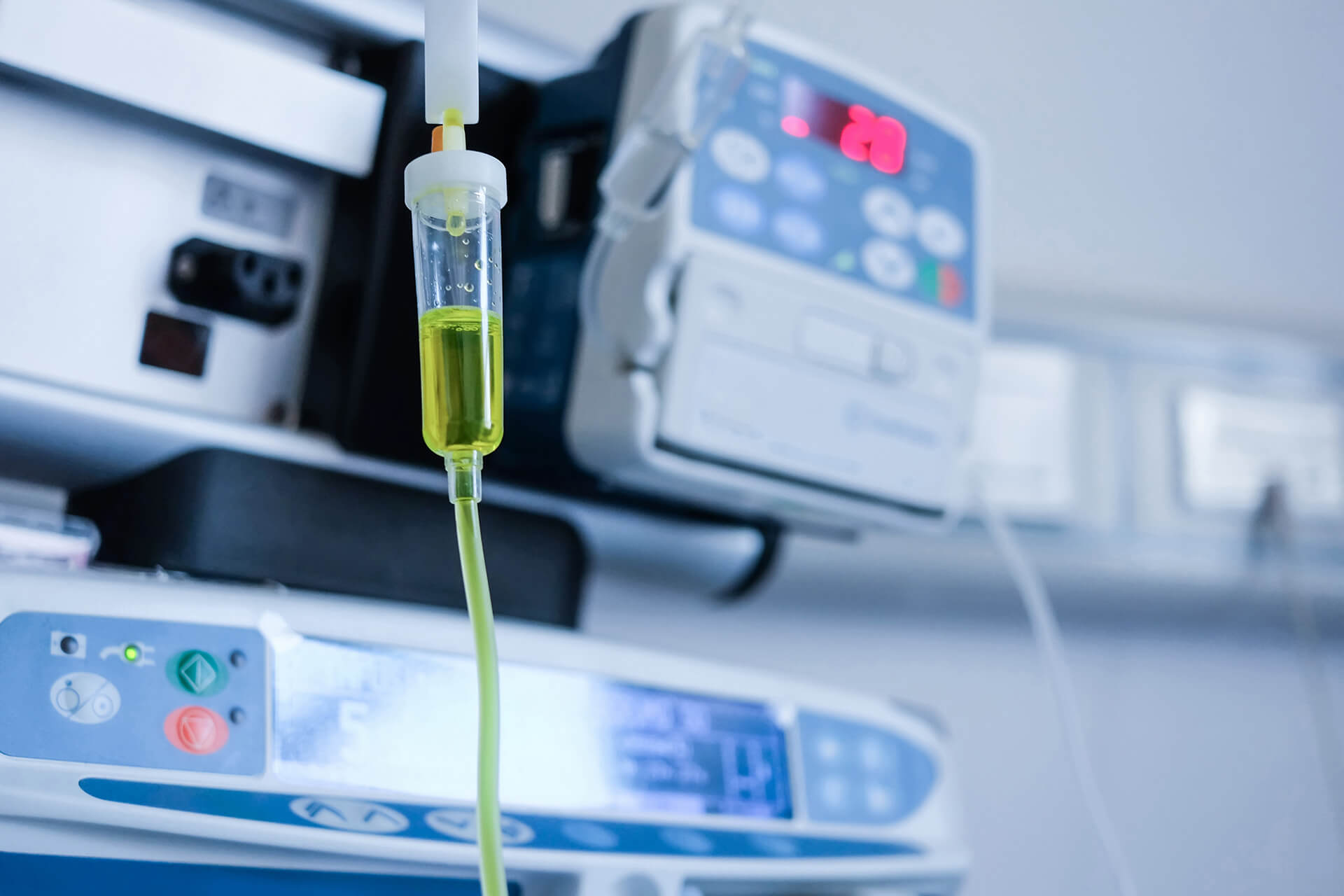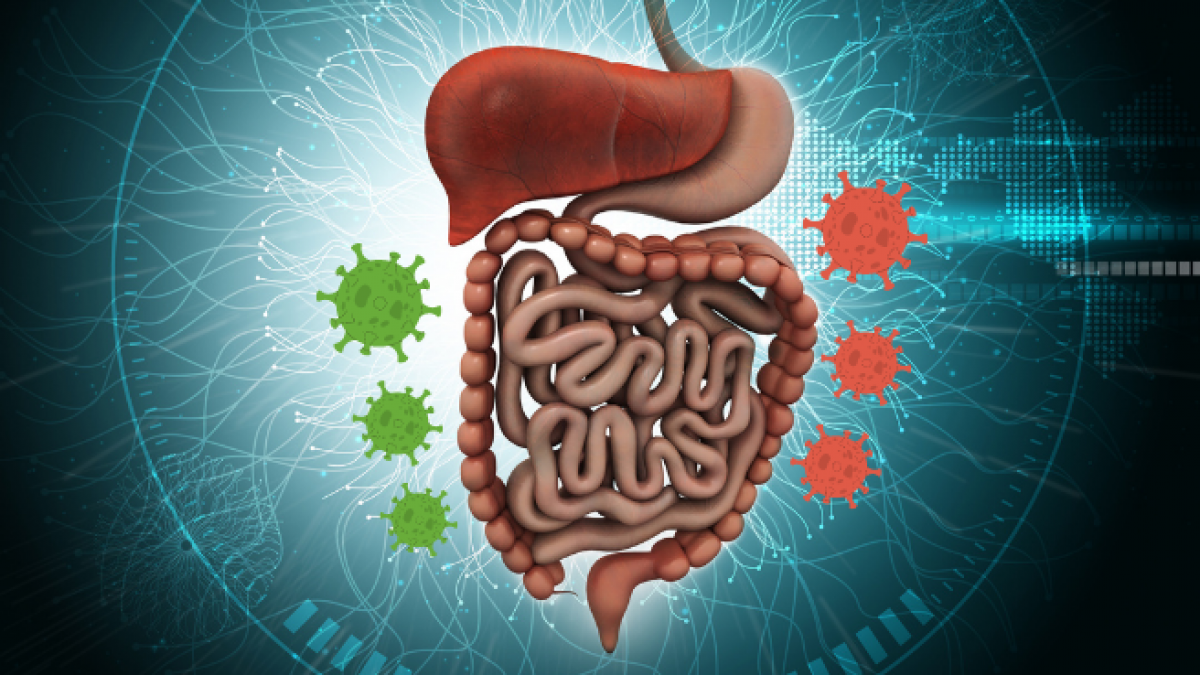
What is sapovirus?
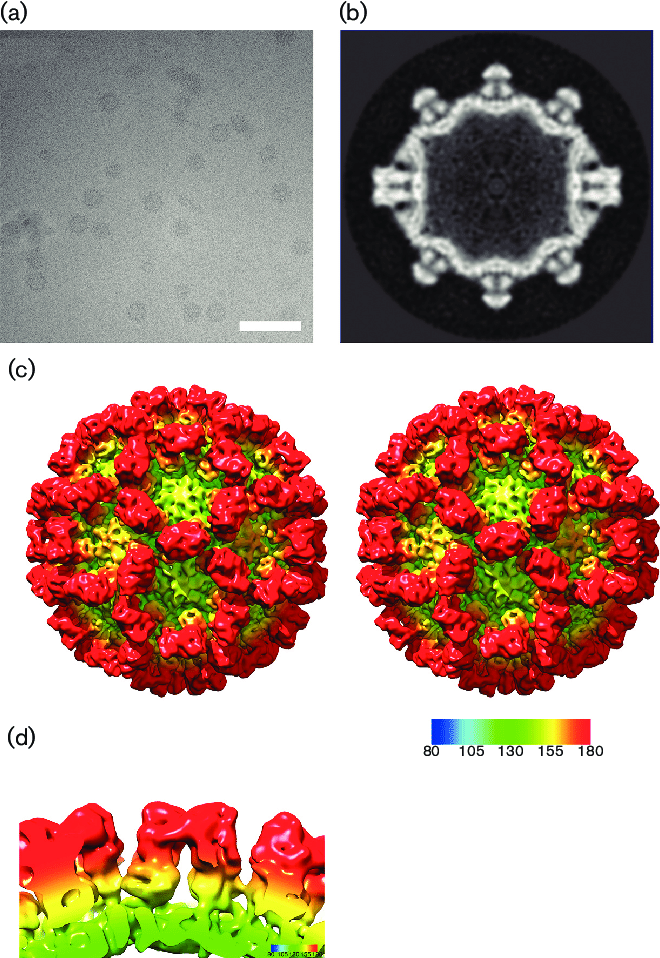
Sapovirus is a common cause of viral gastroenteritis predominantly affecting children less than five years of age. It occasionally causes outbreaks across all age groups in schools, hospitals and other healthcare facilities. Sapovirus-associated diarrhoea is usually mild, although on rare occasions, severe cases can occur.
Sapoviruses cause acute gastroenteritis in humans and animals. They belong to the genus Sapovirus within the family Caliciviridae. They infect and cause disease in humans of all ages, in both sporadic cases and outbreaks. The clinical symptoms of sapovirus gastro enteritis are indistinguishable from those caused by noroviruses, so laboratory diagnosis is essential to identify the pathogen. Sapoviruses are highly diverse genetically and antigenically. Currently,
reverse transcription-PCR (RT-PCR) assays are widely used for sapovirus detection from clinical specimens due to their high sensitivity and broad reactivity as well as the lack of sensitive assays for antigen detection or cell culture systems for the detection of infectious viruses. Sapoviruses were first discovered in 1976 by electron microscopy in diarrheic samples of humans.
To date, sapoviruses have also been detected from several animals: pigs, mink, dogs, sea lions, and bats. In this review, we focus on genomic and antigenic
features, molecular typing/classification, detection methods, and clinical and epidemiological profiles of human sapoviruses.
Sapoviruses cause acute gastroenteritis in humans and animals. They belong to the genus Sapovirus within the family Caliciviridae. Sapovirus infections are a public health proble hey cause acute gastroenteritis in people of all ages in both outbreaks and sporadic cases worldwide. Outbreaks often occur in semi closed settings. Outbreaks caused by foodborne transmission of sapovirus have also been reported. In this comprehensive review, we focus mainly on human sapoviruses.
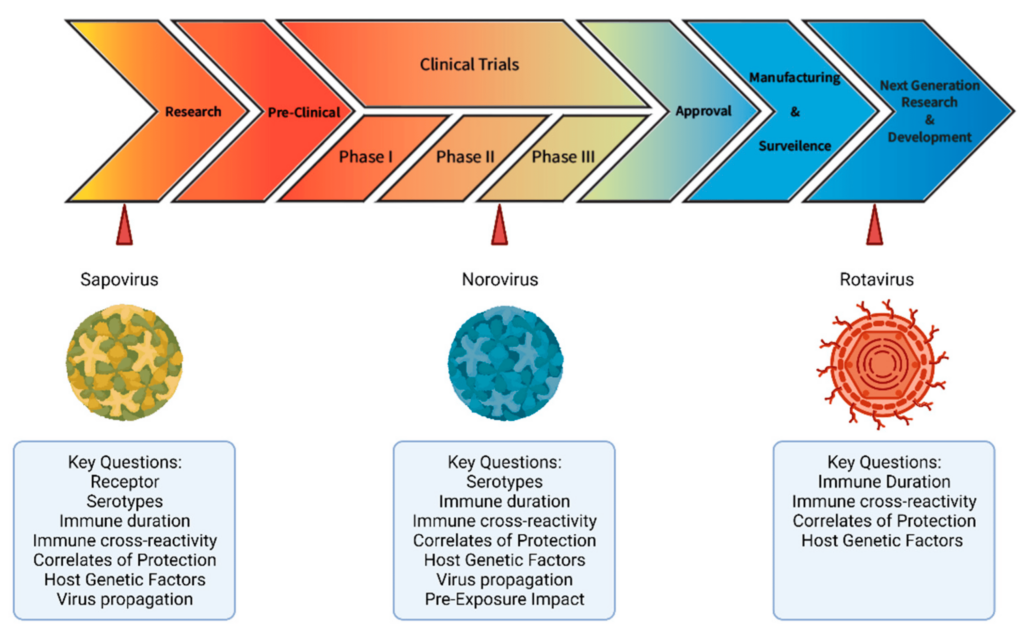
What are the symptoms?
Symptoms typically begin after an incubation period of 1–4 days and include:
• Diarrhoea (mild/watery)
• Nausea
• Vomiting
• Abdominal (stomach) pain or cramps
• Malaise/fatigue
• Fever
• Muscle aches
Many people with sapovirus infection may show no signs or symptoms. However, they are still contagious and can spread the virus to others.
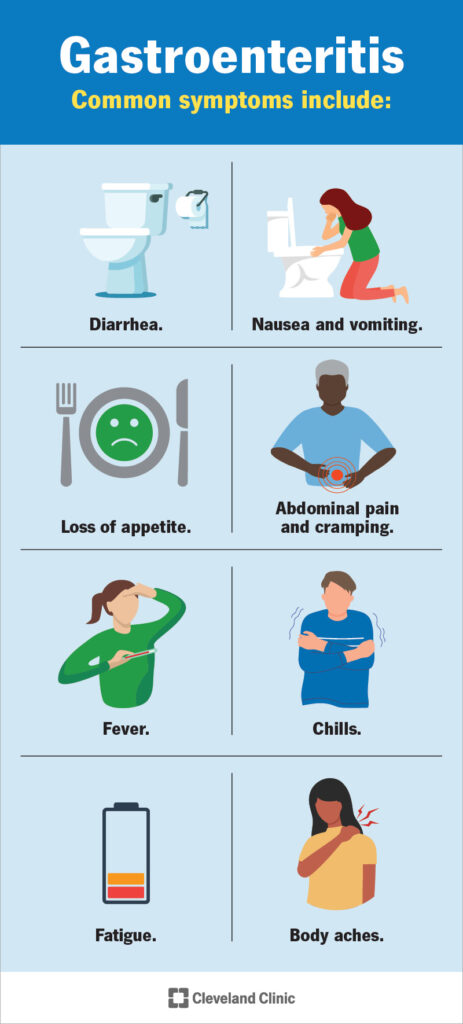
How do you test for sapovirus?
Viral Gastroenteritis Testing
Diagnosis of sapovirus diarrhea relies on laboratory testing, with reverse-transcriptase polymerase chain reaction (RT-PCR) being the current gold standard. Exposure occurs early in life, with most children exposed by the age of two years.
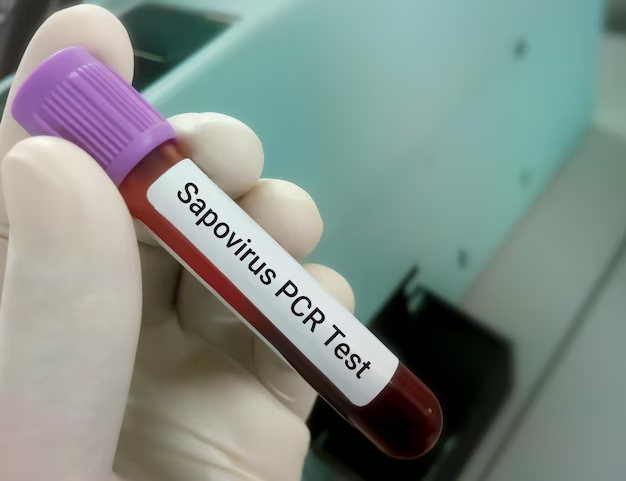
How long does it last?
Sapovirus symptoms last 1–3 days and most people recover completely without treatment. However, for some people, especially infants, older adults and people with underlying disease, vomiting and diarrhoea may have a more prolonged course (e.g. 4–6 days), can be dehydrating, and may require medical attention.
How is infection spread?
Sapovirus can spread to others by:
• Having direct contact with an infected person (faecal-oral contact).
• Eating food or drink prepared by infected food handlers.
• Sharing cups or utensils with infected people.
• Touching contaminated objects and then putting fingers to mouth (e.g. surfaces contaminated with sapovirus particles
from faeces).

How can infection be prevented?
People with sapovirus infection are potentially infectious from the moment they begin feeling sick until a few days after symptoms have settled, as the virus continues to be shed in faces and can be passed on to others. Appropriate hand hygiene is the most important way to prevent sapovirus infection. This is done by thorough hand washing for at least 20 seconds with running water and soap (normal or antiseptic). Alcohol-based hand sanitising gels may not be
effective. Hands should be thoroughly washed after bathroom visits and before eating or preparing food. Household chlorine
bleach solutions can be used to disinfect contaminated surfaces in the home (e.g. bathrooms and high-touch surfaces such as door knobs)
• Muscle aches
Many people with sapovirus infection may show no signs or symptoms. However, they are still contagious and can spread the virus to others..
Overview
Key Features
- • Sapovirus is a non-enveloped RNA virus that, on electronic microscopy, has a characteristic cuplike depression, often described as the “Star of David.”
- • Sapovirus causes acute-onset, watery, non-bloody diarrhea in infants and young children and is typically less severe than rotavirus.
- • Sapovirus has been reported to account for 2% to 12% of acutegastroenteritis in children younger than 5 years of age in both developing and developed countries but is increasingly recognized as an important cause of community diarrhea in all age groups.
- • The disease is self-limiting, and oral or intravenous rehydration therapy is administered as required.
Sapovirus
Genus Sapovirus (the type species Sapporovirus was found in Sapporo, Japan86), within the family Caliciviridae, has an unenveloped virion with icosahedral symmetry, measuring 30–35 nm in diameter, with characteristic cup-like depressions (calyx = Greek for a ‘cup’, hence, calici87), on its surface. Negative-stain electron microscopy reveals characteristic particle morphology with cup-like depressions, often described as the ‘Star of David’ (Figure 24.8). Its genome is positive-sense, single-stranded RNA of approximately 7 kb in length with a stretch of poly A sequence at its 3′ terminus. Unlike norovirus, sapovirus encodes the capsid protein contiguous with the large non-structural polyprotein (ORF1). The junction that corresponds to ORF1 and ORF2 of norovirus consists of a one- or four-nucleotide overlap between the stop codon of ORF1 and the first AUG codon of ORF2. This creates a −1 frameshift. The 3′ end of ORF1 encodes a single polypeptide of 62 kDa.
Illness due to sapovirus tends to predominantly occur in young children, and virtually all children appear to have experienced infection by sapovirus by the age of 5 years. Sapovirus gastroenteritis may occur year-round, although it seems to occur more frequently in winter. Sapovirus accounts for approximately 5% of cases of infantile diarrhoea88,89 and is distributed globally. Sapovirus rarely causes outbreaks of food-borne gastroenteritis.
Sapovirus spreads faeco-orally and infects and causes predominantly diarrhoea in infants and young children. Protective immunity appears to follow infection, since adults rarely get sapovirus gastroenteritis.
While a typical calicivirus-like morphology under the electron microscope strongly suggests the presence of sapovirus, the definitive diagnosis needs to be made based on either antigen detection or identification of the sapovirus genome by RT-PCR.81
Treatment is by management of dehydration. There is neither specific antiviral chemotherapy nor a vaccine available.





